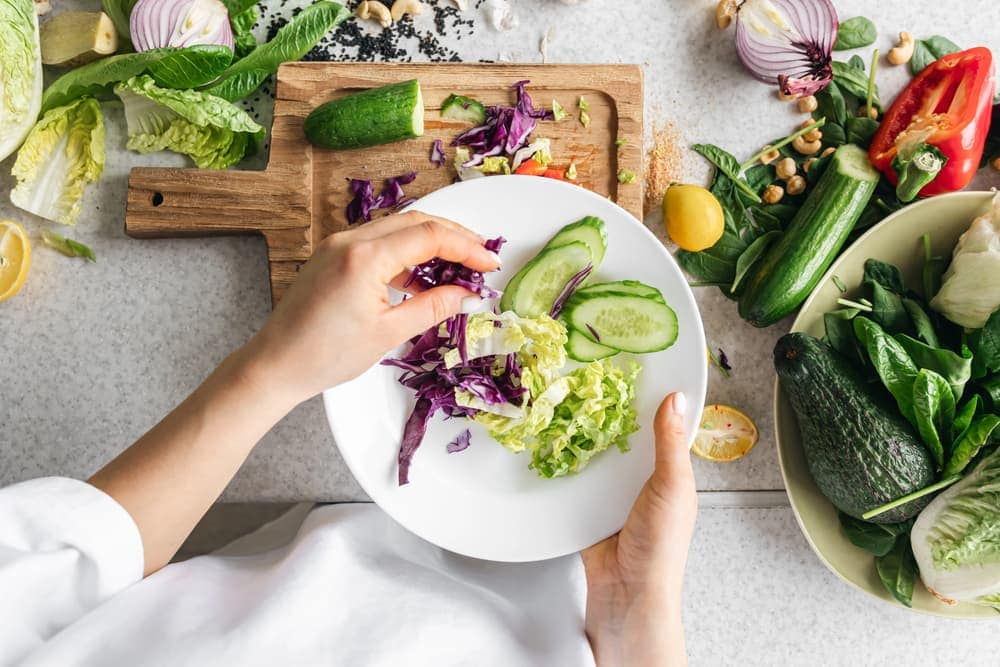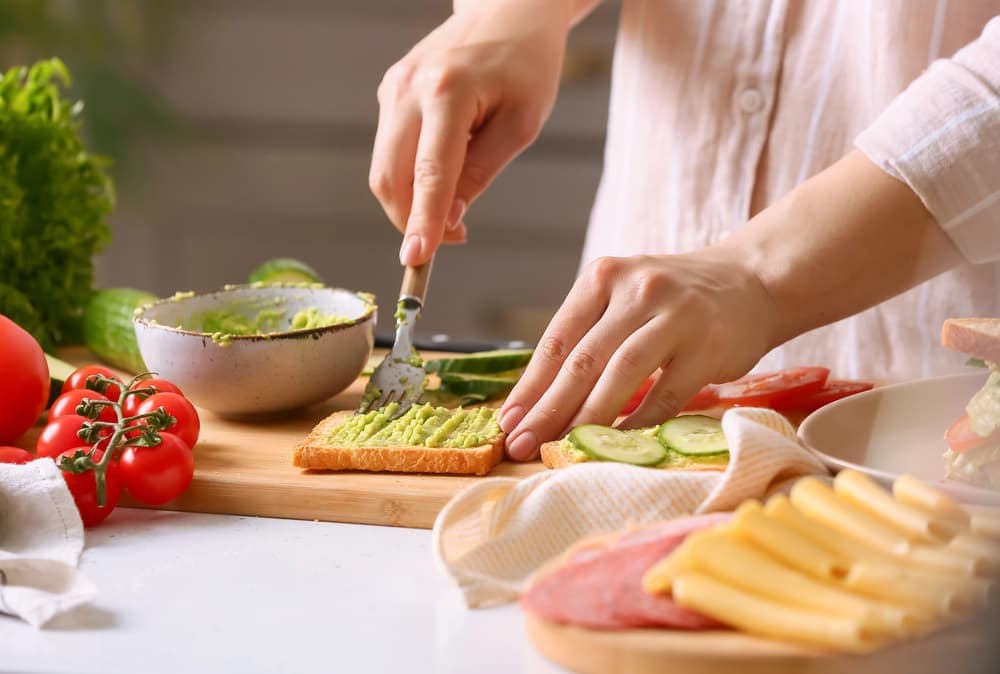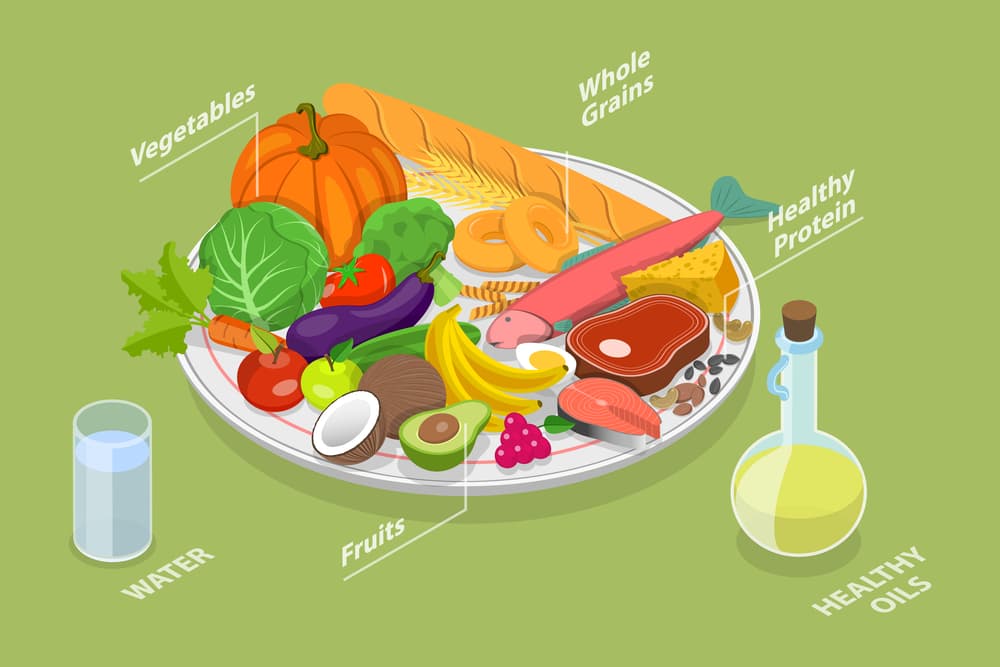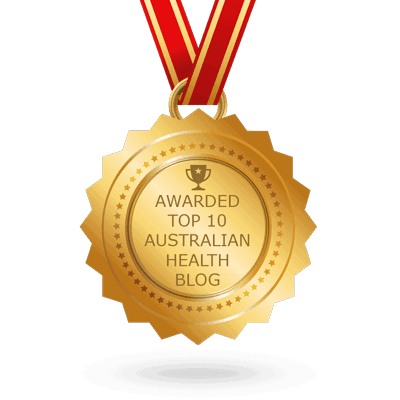To build a balanced plate every meal, fill half with non-starchy vegetables, a quarter with lean protein, and a quarter with whole grains or starchy carbs. For a complete meal, include some healthy fats in moderation as well.
Eating balanced meals provides your body with the nutrients for sustained energy, improved focus, and healthy weight management. One of the easiest ways to do this is by following the “plate method”. It’s a simple visual guide that helps you eat well, whether you’re cooking at home or dining out.
Let’s explore how it works.
What Is the Plate Method?
The plate method is a simple, visual guide that helps you portion your meals for better balance and nutrition. Instead of counting calories, look at your plate and follow these easy steps:
- Fill half your plate with fruits and vegetables for vitamins, minerals, and fibre.
- Use one-quarter of your daily intake for whole grains, such as brown rice, quinoa, or whole-wheat pasta, to provide lasting energy.
- Reserve the final quarter for lean proteins such as chicken, fish, beans, or tofu to help you feel full and build muscle.
- Add a small amount of healthy fats, like olive oil or avocado, plus a side of low-fat dairy if you enjoy it.
How to Build Your Balanced Plate
Building a balanced plate each meal doesn’t have to be complicated. The key is to focus on variety, portion balance, and nutrient-rich foods that keep you energised and satisfied.
Here’s a guide to get you started.
Step 1: Fill Half Your Plate with Fruit and Vegetables
Half of your plate should include fruits and non-starchy vegetables.
These foods have vitamins, minerals, fibre, and antioxidants, all essential for good health. The more colours you include, the more nutrients your body gets.
For this step, be sure to:
- Focus on vegetables: Go for a colourful mix. Think leafy greens, carrots, peppers, and broccoli. Remember, starchy veggies like potatoes and corn count as carbs, not vegetables.
- Add fruits: Choose fresh or frozen whole fruits instead of juice. Whole fruits have less sugar and more fibre, keeping you full and satisfied.

Step 2: Use One-Quarter of Your Plate for Whole Grains
The next part of your balanced plate focuses on whole grains and starchy vegetables.
These foods are your primary source of energy and help keep you feeling full and focused throughout the day. Complex carbohydrates also provide dietary fibre, which supports digestion and keeps your blood sugar steady.
Here’s how to fill this section of your plate:
- Dedicate about one-quarter to whole grains or starchy vegetables.
- Choose healthy options like brown rice, quinoa, oats, whole-wheat pasta, or whole-grain bread. This list of low-carb rice alternatives can help you plan your balanced plates, too.
- Include starchy veggies such as sweet potatoes or corn for variety and extra nutrients.
- Limit refined grains like white rice and white bread, which have less fibre and can cause quick energy crashes.
Step 3: Reserve the Final Quarter of Your Plate for Lean Protein
The last quarter of your plate should be lean protein.
Protein plays a big role in keeping your body strong. It repairs muscles, supports metabolism, and helps you stay full longer after meals. Including a good source of protein in every meal keeps your energy steady and prevents overeating later in the day.
Here’s how to make smart protein choices:
- Fill one-quarter of your plate with lean proteins such as fish, chicken, turkey, beans, lentils, tofu, or eggs.
- Include plant-based options like beans, lentils, nuts, and seeds for extra fiber and nutrients. Check out this article on the best plant-based protein sources for more ideas.
- Limit red and processed meats like bacon, sausages, and deli meats, which are often high in saturated fat and sodium.

Step 4: Add a Small Amount of Healthy Fats and Low-Fat Dairy
No balanced plate is complete without a touch of healthy fats.
While fats are high in calories, they play an important role in protecting your organs, supporting brain function, and helping your body absorb essential vitamins. The key is moderation. A small amount goes a long way.
Here’s how to include them wisely:
- Add a small serving of healthy, plant-based fats.
- Good sources include extra virgin olive oil, avocado, nuts, and seeds.
- Avoid trans fats found in many packaged or fried foods.
Also, if you enjoy dairy, add a serving of milk, yoghurt, or cheese for extra calcium, protein, and vitamin D. Prefer plant-based options? Fortified soy milk is a great alternative with similar nutritional benefits.
How to Apply the Plate Method to Any Meal
The plate method isn’t just for dinner. It works for any meal, whether you’re cooking at home, eating on the go, or ordering out.
The key is keeping the same balance: half veggies or fruits, one-quarter protein, and one-quarter whole grains or starchy carbs.
The following examples should help you apply the plate method in real life:
- Breakfast: Try oatmeal (whole grain) with berries (fruit) and nuts or seeds for protein and healthy fats. Alternatively, pair eggs with avocado and fruit.
- Soups, stews, and one-dish meals: When cooking, picture the plate: load up on veggies, then add your protein and carbs like beans or brown rice.
- Deconstructed meals: For burrito bowls or salads, make veggies or greens the largest part, then add protein and whole grains.
- Snacks: Combine protein and fibre, like an apple with almonds or Greek yoghurt with berries.
- Eating out: Choose grilled or steamed dishes, ask for extra veggies, and watch portion sizes.
More Practical Tips for Balanced Eating
Practising balanced or mindful eating is easier when you make small, consistent choices that fit your lifestyle. You don’t have to be perfect, though. Just aim for balance most of the time.
These simple tips can help you stay on track:
- Vary your choices: Mix up your veggies, proteins, and whole grains to keep meals interesting and full of nutrients.
- Add flavour naturally: Use fresh herbs, spices, lemon, or lime instead of too much salt or sugar.
- Stay hydrated: Choose water, coffee, or tea over sugary drinks to keep your body refreshed.
- Plan and shop smart: Plan meals ahead to make healthy eating easier. Stick to the store’s perimeter for fresh produce, lean meats, and dairy. Also, reading food labels can help you make healthier choices when choosing packaged foods.
- Stay active: Pair balanced eating with regular movement for long-term health.
- Don’t stress perfection: Not every meal has to be perfect. Focus more on overall variety and moderation.

Start Building Your Balanced Plate Today
Building a balanced plate is easier than you think. By following the plate method, you can create satisfying meals that fuel your body.
This approach helps you get better nutrition, manage portions, and support long-term health without strict diets or calorie counting. Start small by applying these tips to your next meal, whether you’re cooking at home, packing lunch for work, or ordering out.
Each balanced plate is a step toward feeling healthier and in control of your eating habits.
Related Questions
1. Can I follow the plate method if I’m on a plant-based diet?
The plate method works with a plant-based diet. You can fill half your plate with vegetables and fruits, one-quarter with whole grains, and the other quarter with plant proteins like beans, lentils, tofu, or tempeh. Healthy fats from nuts, seeds, and avocado fit perfectly, too. To learn more about how a plant-based diet affects your body, visit our article on the effect of a plant-based diet on the body.
2. How does the plate method work with a low-carb diet?
If you’re following a low-carb diet, you can still use the plate method as a guide. Just reduce the portion of whole grains and increase your non-starchy vegetables and protein sources. Focus on low-carb veggies, lean meats, eggs, and healthy fats. For a deeper look at managing carbs for better health, read our full guide on the low-carb diet.
- How Can You Build a Balanced Plate for Every Meal? - 27 October 2025
- What Is a Yoga Wheel and How to Use It? - 29 September 2025
- How to Track Fitness Progress Without a Smartwatch - 26 September 2025
